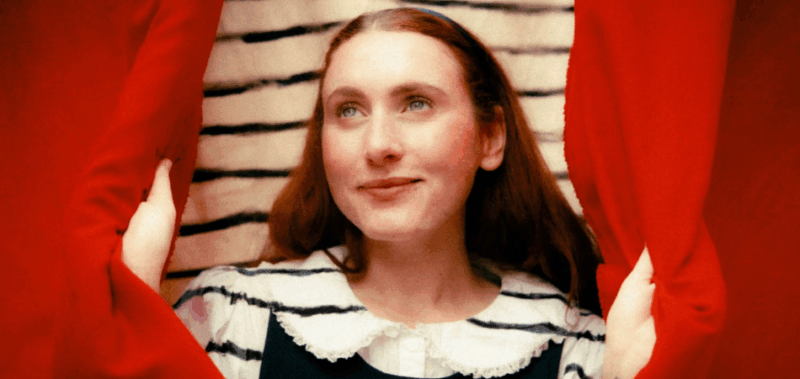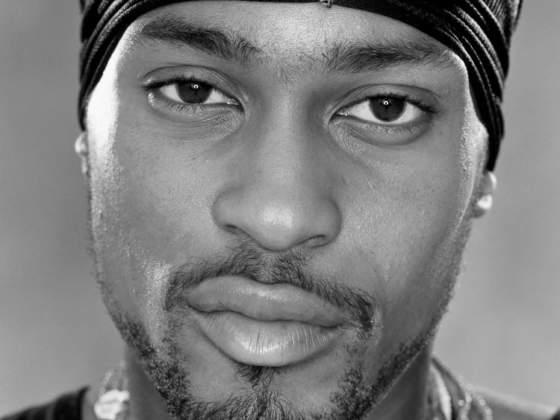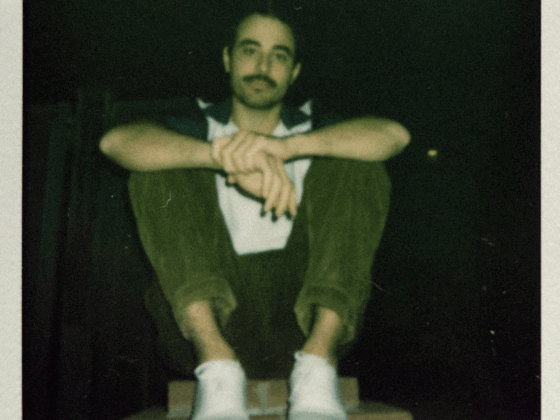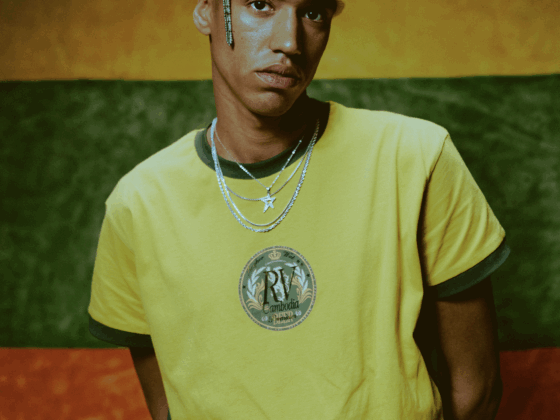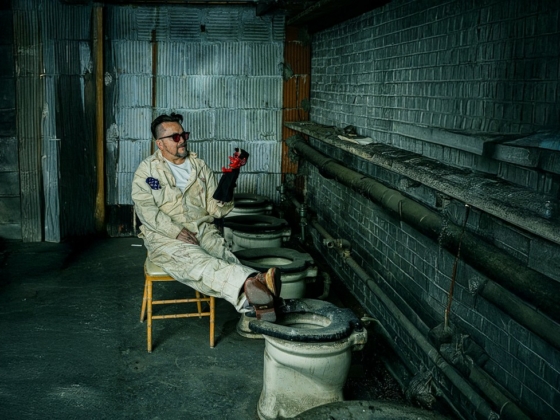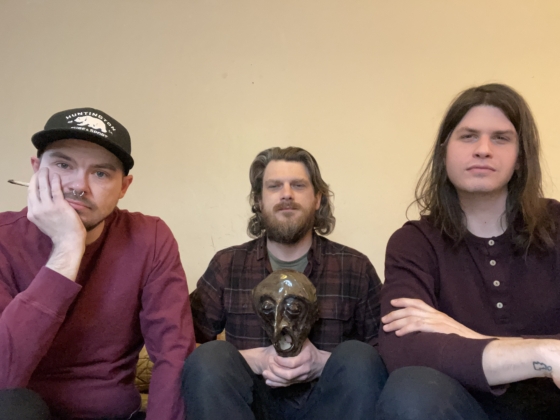New Jersey-born, Los Angeles-based singer-songwriter Carol Ades has built her career on radical honesty.
After establishing herself writing for pop heavyweights like Selena Gomez, Ava Max, and Demi Lovato, she's carved out space as a solo artist who refuses to polish away life's messier moments.
Ades' latest single "Worst Person In The World," released with a playfully cinematic music video, might be her most unfiltered work yet—and that's precisely its power.
Ades' touring history alongside Lizzy McAlpine, Holly Humberstone, Suki Waterhouse, and The Aces positions her within a lineage of artists who've built careers on vulnerability and lyrical precision. These are performers who've proven that audiences—particularly young women—are hungry for art that reflects actual experience rather than aspirational fantasy.
Ades describes the track as something she created specifically for herself during those pre-menstrual days when anxiety and depression hit hardest.
Rather than treating this as oversharing, she's breaking the taboo, transforming universal experience into something genuinely cathartic. The song functions as both confession and remedy, acknowledging difficult feelings while offering perspective through its central reminder: sometimes you're literally just a girl doing her best.
The production starts deceptively gentle with sweet piano notes before gradually roughening its edges, mirroring the emotional trajectory the lyrics explore. Background chants layer beneath Ades' vocals, creating a theatrical atmosphere that elevates what could have been straightforward confessional pop into something more architecturally interesting. The song builds toward a climax that feels earned rather than manufactured, demonstrating Ades' understanding of dynamics and emotional pacing.
What distinguishes "Worst Person In The World" from typical mental health-focused pop is its refusal to offer easy resolutions.
Ades isn't claiming she's solved anything or offering wellness advice. Instead, she's presenting a real-time processing of difficult feelings, the kind of internal dialogue that happens when self-doubt spirals, but you're trying to maintain perspective. That authenticity resonates far more than platitudes about self-love or staying positive.
The accompanying video amplifies this approach brilliantly. It draws inspiration from childhood sketches—the kind kids create with siblings, cousins, or friends–where everyone's dreams feel equally possible and legitimate.
By invoking this imagery, Ades creates implicit commentary about how society treats women's ambitions. Children's dreams are celebrated; adult women pursuing those same dreams often face dismissal or mockery.
The video's closing moment deserves special attention: two puppets appear and declare the whole thing "kinda mid." It's a perfect encapsulation of how internet culture treats artists, particularly women, who dare to be vulnerable or earnest.
Rather than ignoring this reality or pretending criticism doesn't sting, Ades acknowledges it directly while refusing to let it dictate her choices. Ades' making her art, pursuing her dreams, and the commentary—whether supportive or dismissive—exists separately from the value of that pursuit.
The song's theatrical qualities enhance rather than diminish its emotional impact.
Ades understands that drama and authenticity aren't opposites—sometimes the most honest expression of feeling requires a little performance, a little exaggeration, a little humor to make unbearable emotions bearable. The background chants and building production aren't decoration; they're integral to how the song functions emotionally.
In declaring herself "just a girl," Ades reclaims language often used dismissively. Yes, she's just a girl, and that contains multitudes. It means having big feelings, pursuing dreams despite criticism, creating art that matters even if some people declare it "mid," and extending herself the same grace she'd offer others. That's not a limitation; it's a superpower.

